#Arawn
Explore tagged Tumblr posts
Text
𓃶 What Is The Wild Hunt?
The Wild Hunt is a common belief among many Northern European cultures. In short, the hunt is a cavalcade of ghosts, spirits, fairies, elves, and other spiritual beings that is said to sweep across our world every year. Depending on where your beliefs come from, when it happens will differ.
It is commonly believed that the leader of The Wild Hunt is a deity or figure of importance of some kind, such as Odin/Woden in Norse and Saxon traditions, or King Arthur in British lore. Other leaders of the hunt include but are not limited to:
𖤓 Arawn or Gwyn ap Nudd, commonly seen as the Welsh lords of Annwn
𖤓 Danish king Valdemar Atterdag
𖤓 The Norse dragon slayer Sigurd
𖤓 Biblical figures like Cain, Gabriel, Herod and the devil
𖤓 Gothic king Theodoric the Great
☾༺♰༻☽
𓃶 What Did People Do For The Wild Hunt?
The Wild Hunt was generally seen as a bad omen; one for destruction, famine, war, plague, or the death of the one who saw it. In many traditions, witnessing the hunt would result in the viewer being abducted to Otherworld or Underworld. Other times, those who were not protected would have their souls pulled from their bodies while they sleep, and they would join the menagerie of the dead.
To avoid this fate, people in Wales, for example, began the tradition of carving pumpkins as a way to avoid being taken by the fae. In Scandinavia, offerings like bread were put outside the home as an offering to the spirits joining Odin for the hunt.
☾༺♰༻☽
𓃶 When is The Wild Hunt?
Depending on where your beliefs stem from, there are various answers to this question.
In Britain, The Wild Hunt is associated with the autumn season, specifically around and on Samhain/The Autumn Equinox.
Scandinavian tradition tells us that they prepared for the hunt around December, specifically Yule/The Winter Equinox.
☾༺♰༻☽
𓃶 What Entities Are A Part of the Wild Hunt?
Many entities are associated with the Wild Hunt in different areas. These entities include but are not limited to:
𖤓 The Fae (The Sidhe, The Tlywyth Teg, etc)
𖤓 Spirits of the Dead
𖤓 Demons
𖤓 Valkyries
𖤓 The Spirits of Huntsmen or Nobles
𖤓 Horses (sometimes with an abnormal amount of legs)
𖤓 Wolves and dogs (sometimes spiritual in nature, i.e. the Cwn Annwn)
☾༺♰༻☽
#pagan witch#paganism#witchblr#witchcraft#the wild hunt#king arthur#avalon#gwyn ap nudd#arawn#welsh mythology#norse mythology#norse paganism#fairies#fae folk#fae#faerie#ghost#spirituality#celtic paganism
636 notes
·
View notes
Text

rhiannon | arawn | mallt-y-nos a cŵn annwn | pwyll
#the mabinogion#character art#the first branch of the mabiongion#welsh mythology#folk art#artists on tumblr#basil draws#digital illustration#welsh folklore#the mabinogi#rhiannon of the mabinogi#y’all im obsessed with this storyline of the mabinogion#gonna re-jig it for the girls gods n queers#arawn#arawn king of annwn#mallt-y-nos#cŵn annwn#pwyll pen annwn#celtic folklore#brythonic folklore#mabinogi art
65 notes
·
View notes
Text
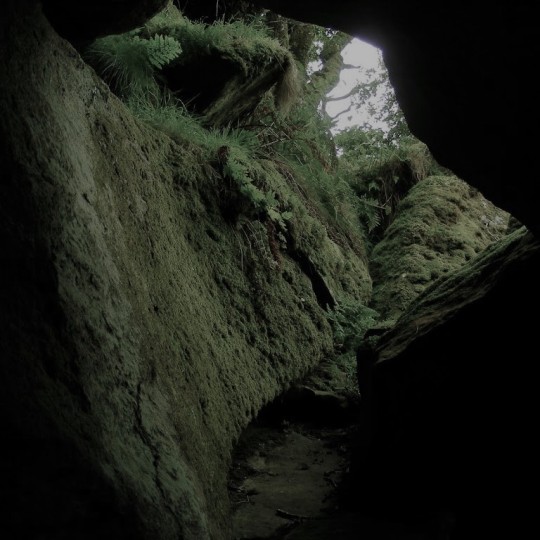
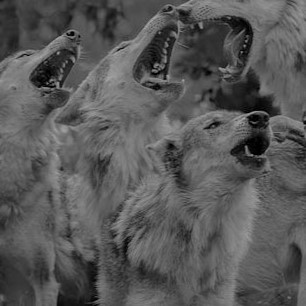
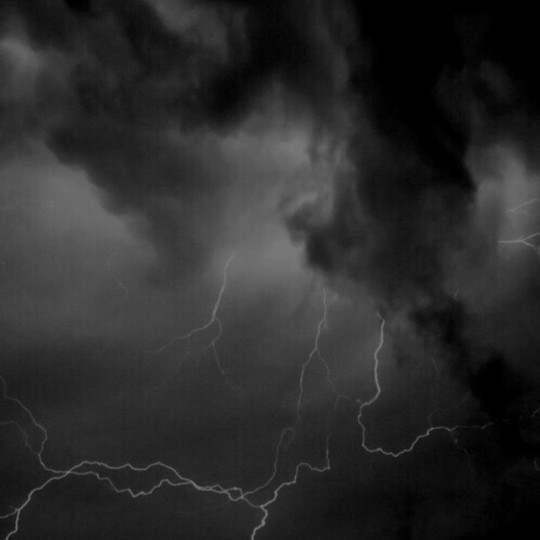
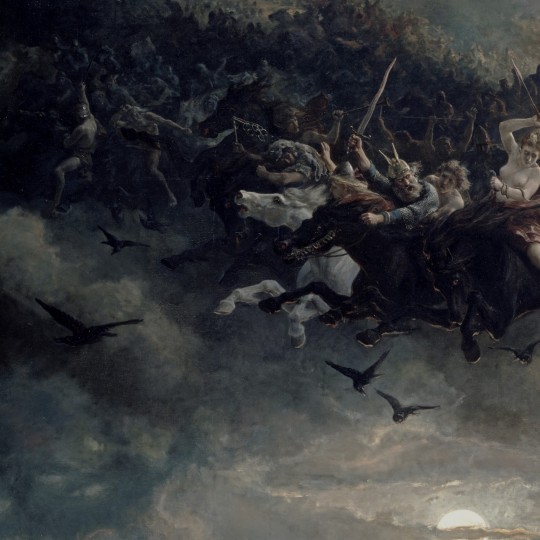
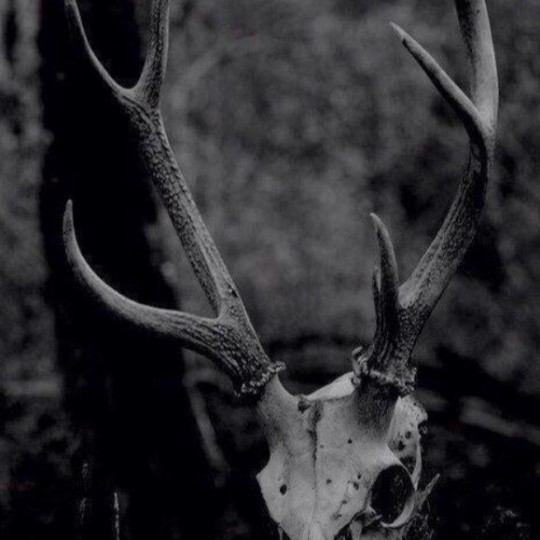
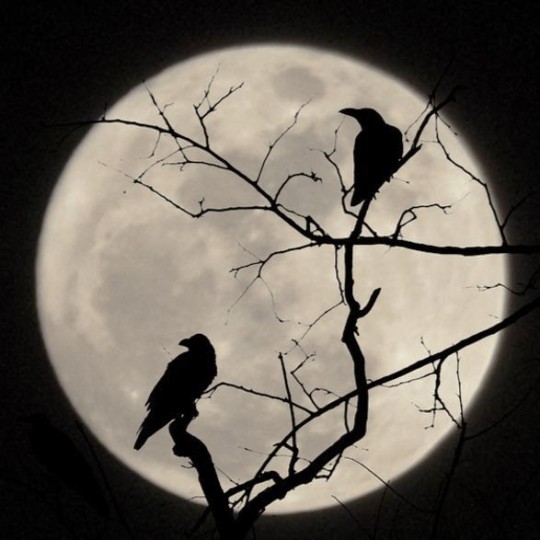
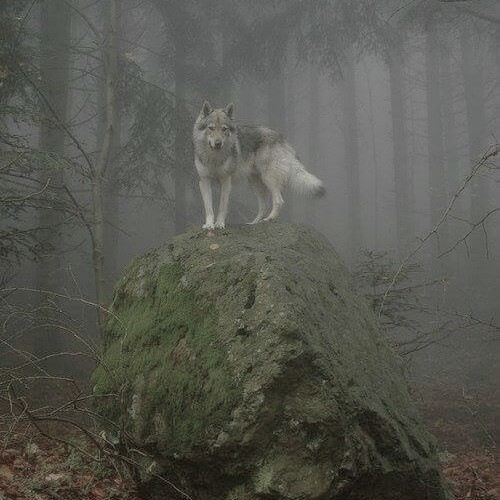


~ Welsh Mythology - Arawn, King of the Otherworld, God of death
Hir yw'r dydd a hir yw'r nos, a hir yw aros Arawn
Long is the day and long is the night, and long is the waiting of Arawn
#welsh deities#paganism#celtic paganism#welsh paganism#welsh witchcraft#welsh wicca#welsh mythology#welsh folklore#mythology#gods and goddesses#the old gods#pagans#celtic pagan#pagan community#paganblr#witchblr#wiccablr#deity work#deity worship#the otherworld#annwn#arawn#wicca community
93 notes
·
View notes
Text
The King of Annwn
Brythonic Paganism Essays: Part I
The Usual Disclaimer: The tales of The Mabinogion and other surviving Welsh texts were once shared orally, passed down across generations, and over vast distances. By the time these stories were finally committed to writing, the Welsh had long embraced Christianity. As a result, what remains in these medieval manuscripts offers only a faint echo of the ancient beliefs held by the Brythonic or Romano-British peoples. Yet, by examining these stories in relation to one another, and drawing parallels with other Celtic or even Indo-European traditions, we may catch glimpses of the older beliefs that inspired them. What follows is simply theory, built upon these comparisons.
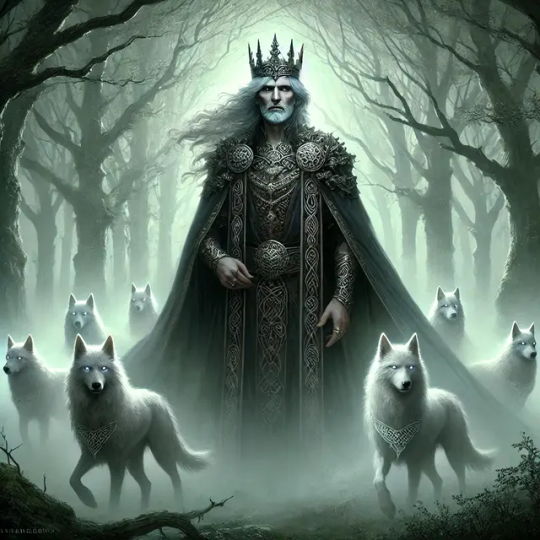
There are many contenders for the title of King or Lord of Annwn, the Otherworld in Welsh mythology. So many, in fact, that most Brythonic polytheists I’ve spoken to tend to agree that Annwn, like the mortal world, has multiple rulers. However, I believe these deities share too many similarities to be entirely distinct. Rather, I see them as different aspects or variations of a much older, singular god. Before delving into the gods themselves, let’s examine the key motifs:
The God-King is often depicted as a hunter, accompanied by the Cŵn Annwn—the hounds of Annwn—described as pure white with red ears.
He is locked in an eternal, seasonal conflict, where he can be seen as representing winter, battling against an opponent who embodies summer.
This struggle often revolves around a goddess who symbolizes spring, the earth, or fertility. This mythic framework is incredibly ancient, with perhaps the most well-known version being the story of Persephone in Greek mythology.
The conflict often involves a journey to the Underworld and escalates to such intensity that a mortal king must intervene.
The god is also often depicted as a psychopomp—an entity that guides the souls of the dead to their final destination, much like the Grim Reaper. However, it’s important to note that Annwn wasn’t necessarily viewed as an “afterlife” by its original believers. Instead, it was more of a mystical realm, later misunderstood and conflated with Hell or Hades through the lens of Christian propaganda.
Arawn
Pwyll, King of Dyfed, embarks on a hunt and encounters a pack of white, red-eared dogs bringing down a deer. He claims the kill for himself, only to be confronted by Arawn, the true owner of the hounds, who is also hunting. To make amends for his transgression, Pwyll agrees to a request from Arawn: they will swap appearances and live as each other for one year. Arawn explains that he goes to war every year with Hafgan—a name meaning something like "summer song" or "summer white"—for rulership of Annwn. Despite defeating Hafgan in combat each time, Arawn always loses in the end. As Hafgan lays dying, he taunts Arawn to strike again, and Arawn, unable to resist, delivers the fatal blow—only for Hafgan to be magically revived.
Pwyll agrees to the plan and spends a year living in Annwn disguised as Arawn. Though he shares a bed with Arawn’s Wife every night, Pwyll honors the situation and never takes advantage of it. When the time comes to face Hafgan in battle, Pwyll defeats him but refuses to strike the final blow. With Hafgan dead, his followers recognize Arawn as the true King of Annwn.
Here, we see the recurring motifs of the hunt, the yearly conflict with summer, and the intervention of a mortal king. In this version of the myth, it is the King who travels to the Otherworld, not the goddess who is absent. While the myth lacks a love triangle with a goddess, Arawn’s unnamed Wife does play a role, with her honor preserved, this was included in the story for a reason. The psychopomp element isn’t explicitly referenced in this story, but other familiar themes remain.
Gwyn ap Nudd
Culhwch desires to marry Olwen, the daughter of the giant Ysbaddaden. However, Ysbaddaden knows that he is doomed to die once his daughter marries, so he sets Culhwch forty impossible tasks. One of these is to slay the monstrous boar Twrch Trwyth, a cursed Irish king who now roams Britain as a destructive beast. Culhwch seeks help from his famous cousin, King Arthur, who agrees but warns that to hunt this particular monster, they will need the aid of Gwyn ap Nudd.
Gwyn ap Nudd - whose name means "White Son of Mist" - is somewhat preoccupied at the time, having just abducted the lady Creiddylad from her betrothed, Gwythyr ap Greidawl, whose name means "Victory Son of Scorcher." The ensuing conflict between Gwyn and Gwythyr grows vicious. In one particularly brutal act, Gwyn kills a captured knight, cuts out his heart, and forces the knight's son to eat it, driving him mad. King Arthur intervenes and orders the two rivals to cease their war. From that moment on, they are condemned to battle each other once a year, on May Day, until the end of the world.
Gwyn also appears in the poem The Dialogue of Gwyn ap Nudd and Gwyddno Garanhir in the Black Book of Carmarthen. It can be interpreted from this poem that Gwyddno, unaware that he has been slain in battle, meets a warrior (Gwyn) and asks for his protection. During the course of their conversation Gwyddno learns that the warrior has witnessed many battles and the deaths of many of Britain's heroes, and Gwyddno realises he is now one of those dead heroes as he is speaking to Gwyn ap Nudd.
Later traditions place Gwyn at the head of the Wild Hunt as the King of the Tylwyth Teg, the fair folk, the inhabitants of Annwn, where he rides his host on the night between October 31st/November 1st looking for the souls of the dead. He hunts with the Cwn Annwn, the same pack of dogs Arawn had.
Let's go through all this. We have two examples of a Hunt motif, the Hunting of Twrch Trwyth, and The Wild Hunt. Both can be seen as metaphors for Gwyn's role as a psychopomp, The Wild Hunt is explicitly about the souls of the dead being taken to the Otherworld, and Twrch Trwyth is no ordinary boar, he is a human soul transformed into a monster, and Arthur believes that only with Gwyn with them could they succeed.
We also have a war with summer over a girl. Creiddylad is of uncertain meaning, it could mean "heart-flood", "blood-flood" which is unclear to me, but Gwythyr being "son of Scorcher" seems to be a clear reference to summer, their battle is to commence on May Day, the start of summer, every year, forever. It's also worth noting that the Wild Hunt the night before November 1st is the start of winter. This was of course decided by the (not so mortal) legendary King Arthur.
A note on Gwyn's family: Nudd (pronounced Neathe like breathe) is a god who's name means mist. Getting lost in mist is a sure fire way of getting to Annwn, like a portal, and the Tylwyth Teg, or fair folk of whom Gwyn is king, are said to waylay travelers with mist and fog. Nudd comes from the older Celtic word Nodens, a god associated with healing, specifically but not limited to eyes, as well as dream interpretation. So here we see a god who is responsible for clearing or obscuring vision, both physically and mentally, like mist. Nodens is also closely linked to dogs, hunting and fishing. Lludd is another version of this name, and Lludd is given to be Creiddydlad's father, making her Gwyn's sisters as well as lover, but we don't know for sure if the medieval writers saw Lludd and Nudd as literally the same person, so it's really a matter of opinion.
Gronw Pebr
Gwydion, a magician, trickster, bard and potentially tree deity (more on this in a future essay), has gone to great trouble to bring about the birth of Lleu Llaw Gyffes, Lleu of Many Skills. This includes him stealing divine pigs from Annwn, given to Pryderi ap Pwyll by Arawn and magically impregnating his own sister. As a result Lleu's mother, Arianrhod, has laid three tynghedau on him, which is like a curse or a fate.
One tynged is that Lleu could not marry any woman of any race in this world. So Gwydion, along with his magically talented uncle King Math, created a wife for Lleu out of flowers and named her Blodeuwedd, meaning flower-face. Blodeuwedd and Lleu are happily married until one day, when Lleu is away from home, a hunter arrives.
His name is Gronw Pebr, Gronw the Radiant, and he requests shelter. Blodeuwedd, having never seen another man in her life other than her husband and her creators, falls in love with him. Gronw explains that in order for them to be together, Lleu must die. So Blodeuwedd discovers from her trusting husband the very specific and convoluted means that Lleu could be killed, which involves a spear that takes a year of Sundays to create. She tells Gronw about this, who goes about creating the spear.
When the time comes, Blodeuwedd tricks Lleu into the exact situation in which he can be killed, and Gronw strikes him with the spear. Lleu is "killed" but his body transforms into an eagle that continually rots, and flies away. Using pigs to sniff him out, Gwydion finds the decaying eagle perched in an oak tree, and with his gift of awen (divine talent and knowledge) sings Lleu back to life.
Lleu, Gwydion and Math return for vengeance, and this time it is Lleu who slays Gronw with a spear thrust that pierces the solid stone Gronw used as a shield. Blodeuwedd and her maidens flee, but as they keep looking behind them the maidens fall into a lake and drown and Blodeuwedd is transformed by Gwydion into an owl as punishment, a goddess of flowers cursed to never see the sun again.
This story is a lot more from the point of view of our summer representative Lleu, who's fleshed out far more as a god in his own right in the full telling of it. Lleu specifically is the god of light, as well as being "many skilled" and sharing many characteristics of the "divine son" god that will be explored in the next essay.
Gronw, by contrast, has nothing that indicates winter other than he opposes Lleu and his opposition takes a year of work. He also enters our story as a hunter. The circularity of this conflict is reinforced in the resurrection of Lleu, as winter defeats summer just for summer to return and defeat winter and so on. I am reminded by this resurrection by Gwydion of Hafgan's final strike, which revives him.
Blodeuwedd also gets far more attention in this story than the women in the other tales. A being who is a literal embodiment of spring, fertility and the earth, being made from flowers. It is likely that the owl transformation is a medieval invention. There are other animal transformations in this branch of the Mabinogion that I didn't mention here as they weren't relevant, which also seems to be an addition based on a trendyness of people who shapeshift in medieval literature. However, we also have the maidens falling into the lake, which I imagine is a remnant of the original, in which Blodeuwedd falls in, as the maidens are not really mentioned before so this is an odd detail. Lakes were seen as gateways to Annwn, so here we see Blodeuwedd fleeing to her Otherworldly lover. I personally take the owl to represent Blodeuwedd during the dark half of the year, when she is with her winter lover, awaiting to emerge from the earth in spring.
We have no psychopomping either, but we do have two references to swine herding which seems reminiscent of Culhwch and Olwen. King Math is certainly no mortal, but he seems to be a god involved with magic, judgement and punishment.
A note on Lleu's family: just as Gwyn and Creiddydlad are potentially siblings, so too are Lleu's parents Gwydion and Arianrhod. The story doesn't come straight out and say it, creating the characters of Gilfeathwy and Goewin as stand-ins, probably for the sake of Christian sensibilities. These two are never mentioned again or anywhere else as far as I know, and it is Arianrhod who is pregnant as a result of the whole thing, not Goewin. Some versions even have Arianrhod in Goewin's place as foot holder to Math. Lleu appears as Llefelys in another story, who is brother of Lludd (Nudd). This would make Creiddydlad, the Blodeuwedd-like lady of Gwyn's story, his niece, as well as Gwyn maybe his nephew.
This really nails home how these tales became so mixed up in their countless retellings over space and time before being written down. They spread out and became something unique then smashed back together time and again, but somewhere in there is the important truth. It can be confusing and frustrating, but bare in mind always:
The Gods are not their myths,
Embrace the mystery!
#pagan gods#celtic paganism#paganism#celtic gods#celtic pantheon#celtic mythology#celtic#welsh mythology#welsh history#welsh paganism#brythonic polytheism#brythonic paganism#brythonic polytheist#celtic polytheism#polytheism#mythology#gods#old gods#annwn#arawn#gwyn ap nudd#blodeuwedd#lleu#lleu llaw gyfes#gwdion#arianrhod#rhiannon#the otherworld#religion
40 notes
·
View notes
Text


Arawn
Charlotte
#shadowhunters#the shadowhunter chronicles#tsc#the dark artifices#tda#tid#the infernal devices#shadowhunter character showdown 2025#charlotte fairchild#charlotte branwell#arawn#unseelie king
12 notes
·
View notes
Text
I just have to take a second to appreciate the absurdity that Arawn's last desperate attempt at victory is to disguise himself as a creature that 90% of humans will slaughter on sight.
He could have transfigured into a mosquito and given everyone equine encephalitis or a plague-carrying flea and done the job very efficiently but no he just had to be theatrical about it. This is why arch-villains need sidekicks smarter or humbler than they are.
18 notes
·
View notes
Photo
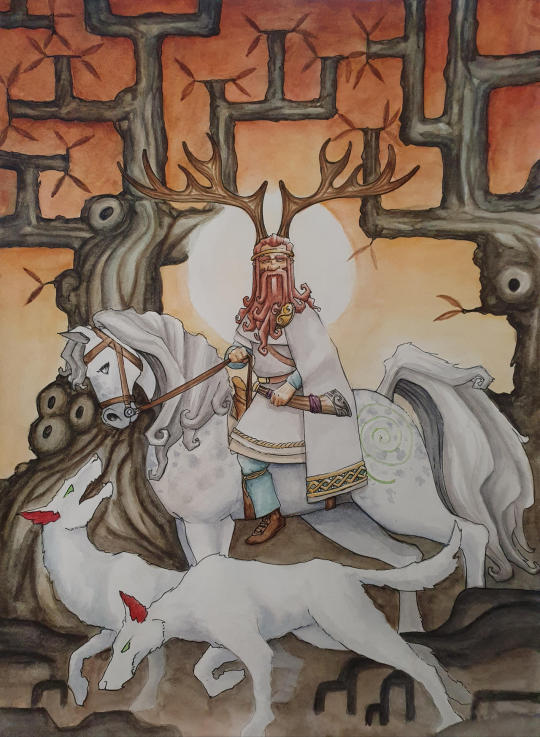
Arawn, God King of Annwn by talesofalbion
94 notes
·
View notes
Text
youtube
This is kind of but not really a spoiler so watch at your own peril
Ok my legendborn lovelies! A Welsh Mythology drop the importance of which those of you who have read Oathbound understand the necessity of and those of you that haven't can just enjoy with no context!
14 notes
·
View notes
Text
happy father's day to them


#patricide is morally correct when they do it 😌#and fratricide#clary fairchild#clary morgenstern#kieran kingson#kieran hunter#valentine morgenstern#the Unseelie King#arawn#bella talks#the shadowhunter chronicles#tsc#the mortal instruments#tmi#the dark artifices#tda
37 notes
·
View notes
Text
Made my bath too hot so I'm now thinking that Melwas / Melegaunt can be seen as a Tylwyth Teg (Welsh fey basically) and that the colour green is seen as being a colour that telegraphs otherworldliness which can also be seen in 'Gawain and the Green Knight.'
Also, Melwas kidnapping Gwenhwyfar / Guinevere during May could be seen as a parallel to Gwyn ap Nudd and Gwythyr's May Day fight for Creiddylad. As well as this Melwas taking Gwenhwyfar to the woods is both a big signifier that he's otherworldly and also woodlands are often seen as the ideal place for lovers to meet. Also, pretty sure in the Mabinogion Pwyll's run-in with Arawn, Lord of the Dead, takes place in a woodland furthering the whole Otherwordly aspect.
#arthuriana#welsh mythology#mabinogion#the mabinogion#welsh myth#y mabinogi#arthurian mythology#arthurian legend#arthurian legends#arthurian myth#the mabinogi#queen guinevere#gwenhwyfar ferch ogrfan fawr#melwas#melegaunt#arawn#pwyll pen annwfn
14 notes
·
View notes
Text
Lore Drop!
Norska is a region to the east of Viabelle that touches the north pole. It is a bitterly cold and harsh place, but its' pokemon are more than hardy enough to match.
Legend says that a long, long time ago, a shooting star descended from the sky and landed in Norska, in a forest where fairies dwelled.
As pokemon gathered to investigate they found that it was actually an egg, and from it sprung a fully formed Clefable named Oberon.
Oberon was capable of a great many magical feats. For this, the fairies adored him and declared him their new king.
But the fairies already had a ruler. A mighty alolan Ninetales named Arawn. He challenged Oberon to a magical duel, and whoever won would be named the fairies' new king.
Their battle was as long as it was legendary, but in the end, Arawn was bested by Oberon. The Ninetales took it in stride, and as his final act as king, put on a celebration in honor of Oberon's victory.
From then on, the two were extremely close. After his coronation, Oberon explained to his newfound friend how he intended to banish the Eternal Winter from Norska, allowing the pokemon there to truly thrive.
From there the two pokemon set out on a quest, to cross the mountains and enter the neighboring region of Viabelle, where they could plead with the Lord of Life, Xerneas, to help them with their cause.
But along the way, the kings new and old got into a disagreement. Arawn was Prince of the North, the vast tundra his territory. If Oberon were to truly succeed and banish winter, he would be left with nothing in return.
He'd already handed over his people, and now Oberon, his dear friend, wanted to rid him of his lands as well.
While the two argued, they were descended upon by a mighty dragon.
This dragon's name has been lost to time, but he was guardian protector of Norska, and had come to investigate and possibly stop whatever it was that Oberon and Arawn had planned.
They made their plea to the Original Dragon, and eventually convinced him that banishing winter would benefit all of the pokemon across Norska.
He escorted them over the mountains and secured them an audience with Xerneas. Within her realm lay the Tree of Life, Oberon's true goal.
He pleaded with the Lord of Life to grant him a cutting of the tree, so that he may take it back to Norska and plant it far in the North, where it's power could be used to fend off the ice and snow.
Though she was skeptical, Xerneas allowed Oberon to take a cutting, and so the three went, back to Norska to enact the King's plan.
It worked. They planted the cutting, and as it grew the snowfall lessened until Norska was a land of only ice and snow no longer. Pokemon from all over were overjoyed by their King's success.
All, except for Arawn. He headed further north, following what remained of his icy territory, and disappeared.
Meanwhile, the Original Dragon had gotten the opportunity to bond with the people of Norska like never before.
They treated him as they did their past and present king- like a hero.
Oberon was left devastated by the loss of his dear friend. In his grief, he was unable to rule his people any longer.
Ultimately, the crown was passed on to the Original Dragon, who is now known in legends as the First King.
The First King ruled in an age of unprecedented prosperity. The people of Norska flourished under his guidance, and he grew to love them as if they were his own children.
But, as the kingdom of Norska grew in size, so too did the size of the disagreements between the varying factions across the region.
After centuries of peace, the First King's people were becoming fractured. As they were sent into disarray, it was if the Original Dragon's own heart could no longer beat as it used to. He grew sick and confused, unable to rule and often times completely incoherent.
When he was able to speak, all the King would ask is how his people, his children, were fairing.
Ultimately, the Original Dragon was not able to overcome his sickness of the mind.
But.. that isn't where our story ends. For the end of the great dragon's life was the beginning of three more.
Upon his death, the Original Dragon split into three. Two of them would split the region in half and rule as brother kings, while the third slipped away quietly into the North.
The Two Kings were known as Reshiram, King of the West and Zekrom, King of the East.
Though split into two kingdoms, Norska was stronger than ever with two rulers watching over it. Though their personalities could not have been more different, Reshiram and Zekrom proved to be just as dedicated and fatherly towards their people as their predecessor had been.
The third sibling, Kyurem, kept to themself. All three of the dragons seemed to have memories of their former self, but Kyurem's visions of their shared past were the most vivid, and often the most disorienting. As such, they lived where few else did- in the Tundra. They were perfectly suited for it.
The brothers were disappointed in their sibling's lack of enthusiasm for their new life, but did not hold it against them.
Again, things went well for a couple centuries, and again, tensions rose between the various noble houses in the two kingdoms.
The infighting between their people was so great that it began to wear away at the Kings' own bond
The brothers just couldn't seem to agree on how to address their people's issues.
Then they couldn't agree at all.
War was declared. East and West were allies no more, instead they were enemies battling for total control.
Reshiram was a masterful tactician. His armies were as large as they were organized, proving to be a challenging opponent indeed.
Zekrom was not content to stand idly by while his people fought. No, he was there on the battlefield, accompanied by his closest companions and strongest of knights, known as the Thunder Warriors.
Though their numbers were fewer, with the strength and morale from their King, they got the best of Reshiram's forces more often than not.
Their fighting drove them further north, bordering on Kyurem's territory. When it was clear that Zekrom was too much of a force to be reckoned with, Reshiram made the decision to confront his brother himself, out in the snow and ice. They met face to face for the first time in an age, their respective armies behind them.
Then, they fought.
The Kings were down right brutal towards one another. Built up rage culminating into an all out fight that would've certainly been to the death.
But the wounded brothers were stopped, dead in their tracks, by none other than their sibling, Kyurem.
They'd stayed out of the Kings' conflict. There was little they could do to sway Zekrom and Reshiram into dropping their hostilities.
But, as they arrived on the scene of their most decisive battle they realized their mistake all too late.
Before either brother could land the final blow, the battlefield was frozen in an instant.
In their distress, Kyurem couldn't contain their power and froze their brothers and many of the other combatants in a mere instant.
The war was over, but there was no winner.
What was left of the brothers' armies retreated, forced to regroup after their leaders were felled. Kyurem fled as well, aghast at what they had done.
The power vacuum gave rise to new leaders and factions, remnants of the Kings armies who sought power for themselves. From then on, it seemed as though Norska would always be in a state of conflict.
Rulers would rise and then fall as quickly as they had arrived.This chaos would continue for centuries, up until the modern day.
And watching it all, from their home far north, was none other than Kyurem. Their origin obscured by time.
Their brothers memory is now considered only a legend to explain how Norska came to be.
Kyurem as they are now is simply known as Winter incarnate. A spirit, rarely if ever encountered. Many outside of the tundra don't even believe them to be real.
10 notes
·
View notes
Text


the dark side of the year is upon us in the north, stirring up all manner of creature and god. if you loose the path and find yourself astray in a frost bitten forest, you’d best keep an ear out for the clatter of hooves and the howling of hounds, for the wild hunt are doing their unearthly rounds.



brain has been taken over by the wild hunt/ rhiannon’s story in the mabinogion, so took it upon myself to rewrite their story & whip up some character designs. girl deserved better than to listen to her dumbass husband and take the punishment lying down.
#the mabinogion#welsh folklore#mythological art#character design#folk illustration#digital illustration#welsh mythology#artists on tumblr#basil draws#folk art#character art#british folklore#rhiannon of the mabinogi#pwyll of the mabinogi#arawn god of the underworld#arawn#comic art#cŵn annwn#hounds of annwn
57 notes
·
View notes
Text
Following the Hunt
I follow the hounds, red-eared, teeth bared. I bound through the brush, leaping like stag, and follow the call of your hunting horn. O’ Gwyn ap Nudd, Leader of the Wild Hunt, I dance through the trees with you, comforting the souls that come to your care, knowing when my time comes, I will journey to Annwn, safe in your arms.
View On WordPress
#arawn#celtic paganism#celtic polytheism#devotional poetry#gwyn ap nudd#welsh paganism#welsh polytheism
24 notes
·
View notes
Text
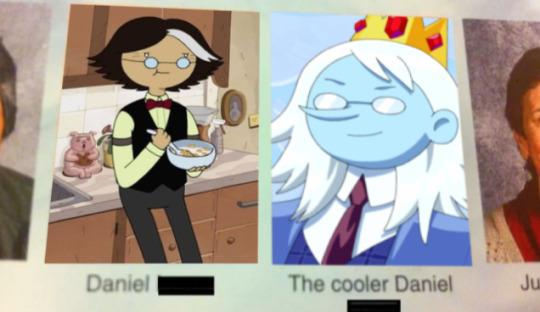
#fiona and cake#adventure time#arawn#arawn writes#simon petrikov#simon fionna and cake#winter king#winter king fionna and cake#simon petrikov fionna and cake
57 notes
·
View notes
Text
My gods with me:
Nyx: I swear you and your boyfriend share the same sleep schedule, and I WATCH OVER BOTH OF YOU!! WHY CANT YOU BOTH HAVE A DECENT SLEEP SCHEDULE.
Sobek: drink more water, take care of your body and health.
Morrigan: Time to practice some divination. Perhaps your friend can also use a spell bottle.
Arawn: ...I'm going to pet your dog, and I'll be on my way. Also, don't forget to upkeep your wards. Go out sometime. You both need the sunlight.
Ereshkigal: Don't forget to grieve properly for those you lost. They are always there no matter what.
Kali: Stop tiptoeing and start doing Shadowwork. You can't ignore it.
Mictlantecuhtli: honor and remember your ancestors. Know your mother is beside you.
Loki: Don't forget to start some chaos while you are it. *chuckles* You've survived worse child, don't forget you're unbreakable and nothing can hold you back.
#paganism#sobek#witchcraft#deity worship#deity work#the morrigan#loki#ereshkigal#mictlantecuhtli#some advices my gods have given me#goddess kali#arawn#goddess nyx
54 notes
·
View notes
Text
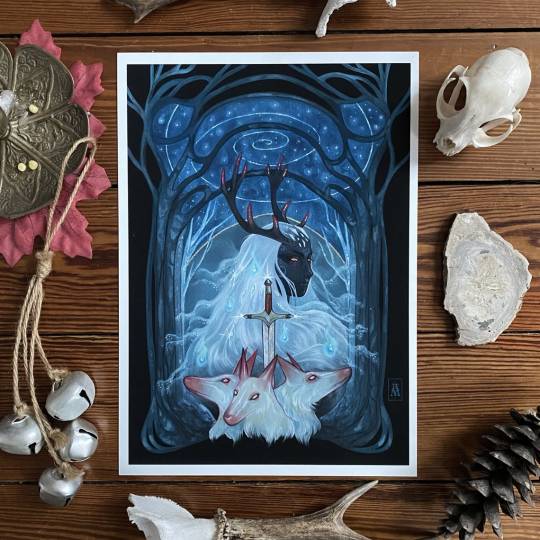
Gwyn ap Nudd by BrumesdAluyne on Etsy
29 notes
·
View notes